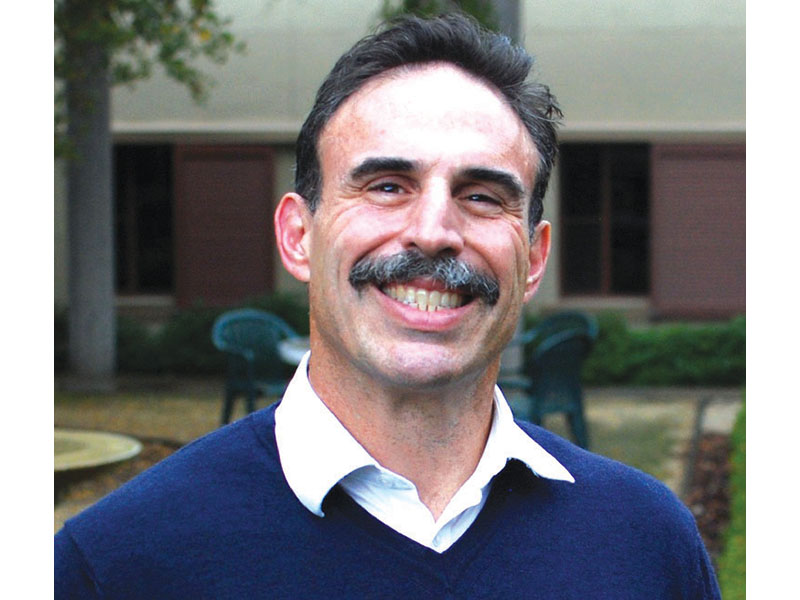Enabling summer education option

Raymond Ravaglia
The best a student can do during summer is something that would be unavailable during the year. Summer is the ideal time for internships and structured programmes.
Although they are becoming increasingly popular, most university summer programs are inherently deceptive. These programs feed upon the desire of parents and students to attend top-ranked institutions in the hope that early familiarity with a famous university will send a strong signal that the student belongs in that institution. Nothing could be further from the truth.
With few exceptions, summer programs do not represent the university of the regular year. Regular students go home, and regular faculty primarily pursue research. The summer faculty are typically adjuncts or graduate students hired for the purpose, and the other students are just there for the summer. Consequently, success in summer courses does not signal anything to admissions officers about a student’s academic competitiveness, as much as her ability to pay tuition. Such courses may actually generate a counter signal.
The best a student can do during the summer is something that would otherwise be unavailable during the year. Summer is the ideal time for internships and structured programs that expose students to corporate environments and the world of work. This is a time for students to explore their interests and discover how they want to spend their lives. This is important because the purpose of education is not to create perpetual students; it is to prepare young people to enter the real world. The best way for students to generate meaningful signals to college admission officers is to show they have what it takes to succeed in college and life. Parents would do well to remember this when they chart their children’s summers.
Carefully crafted programs occurring at the intersection of internship and study are rare, but they do exist. Such programs ideally provide the dual benefit of exposure to the world of work while also providing students with formal transcripts and credits. The former ensures that students gain something useful, while the latter guarantees that they don’t feel they are missing out on something they could have had.
America’s Automotive Hall of Fame has devised such a program. The Hall was originally created to honour pioneers, innovators, and legends of the automobile industry and to celebrate the ingenuity, leadership, and entrepreneurial spirit that have shaped America’s massive automotive industry. With its evolution into the broader mobility industry, the Hall has expanded its mission to include identifying, educating, and developing much-needed talent. Towards this end, they have engineered an annual High-Tech Mobility Summer Institute that brings companies and universities together to enable high school students to immerse themselves in the dynamic world of the mobility industry.
This two-week program hosted at the University of Detroit Mercy that includes participation from the College for Creative Studies and Northwood University, goes beyond traditional classroom learning by providing students hands-on experiences and real-world exposure to careers. Topics explored during the program include transportation design, innovation and entrepreneurship, robotics, AI and autonomous vehicles, and cybersecurity.
One aspect that sets this summer program apart is its experiential approach to learning. Students don’t merely attend lectures; they actively engage with industry professionals, visit cutting-edge facilities, and work on projects that mirror the challenges faced by contemporary automotive innovators. Students also get a glimpse into the future of mobility. This includes emerging technologies such as electric vehicles, autonomous driving systems, and connected car solutions, reshaping the industry and creating new career opportunities. Through these immersive experiences and by engaging with innovative advancements firsthand, students gain an understanding of what is required to succeed in the world of work, while also beginning to envision their roles in shaping the future of transportation.
Perhaps most importantly, this summer program empowers students to make informed decisions about their academic and professional paths. It is bolstered by an internship fair featuring 15 companies partnered with the Hall, and supported by the Michigan Colleges Alliance and Global Detroit. By experiencing the reality of work in the mobility industry, participants can determine whether this field aligns with their passions, talents, and goals.
From the perspective of the Automobile Hall of Fame there is a sense of urgency in developing the talent pipeline. The Hall identifies over 300,000 open positions in mobility, which is likely to increase in the years to come as the need for talent continues to outpace its rate of production. This is why even though the Hall is beginning with a modest goal of 100 students coming together for a two-week program, they have set an ambitious goal to reach 1,000 students in five years, with a plan to continue to grow from there.
My advice to parents and students considering summer programs is to stop obsessing over brand and instead focus on fit. Summer is not the time for playing dress up and pretend; it’s the time to roll up sleeves and seriously explore pathways to the future.
















Add comment